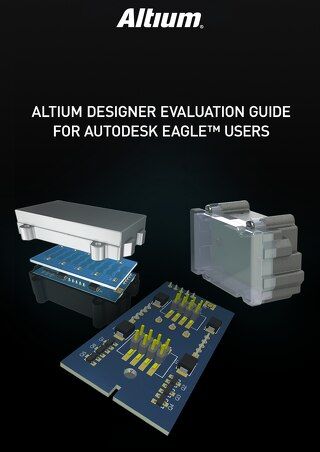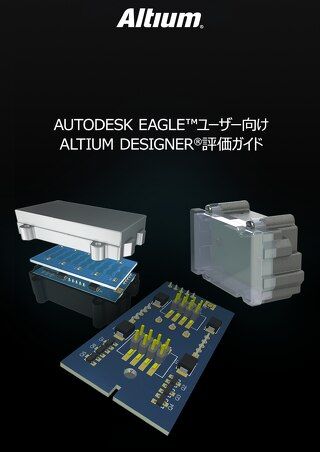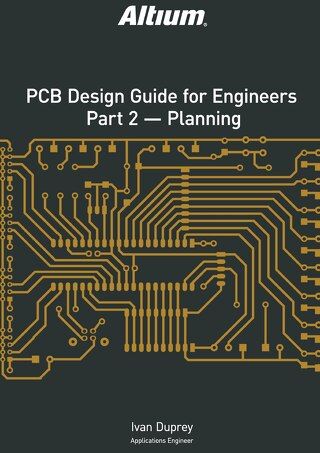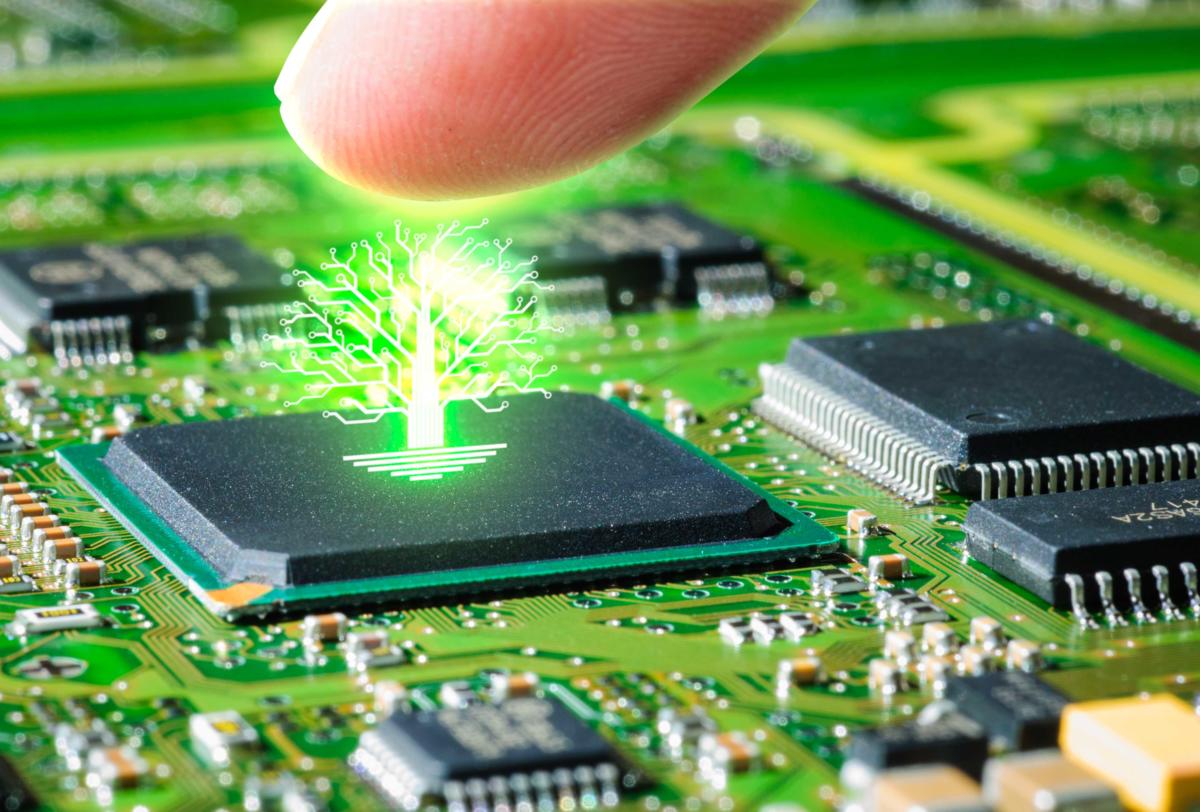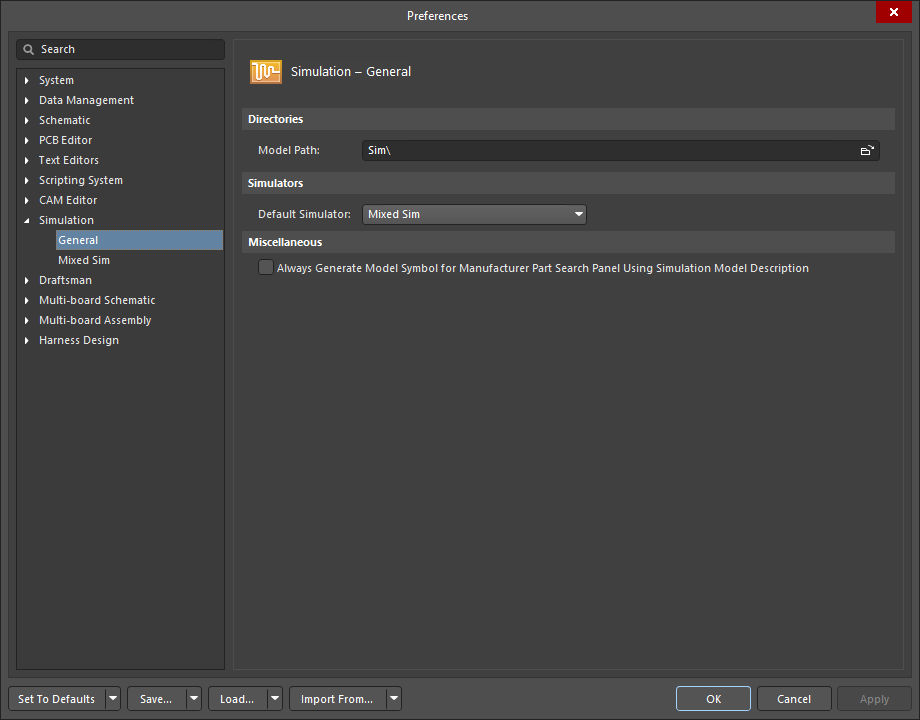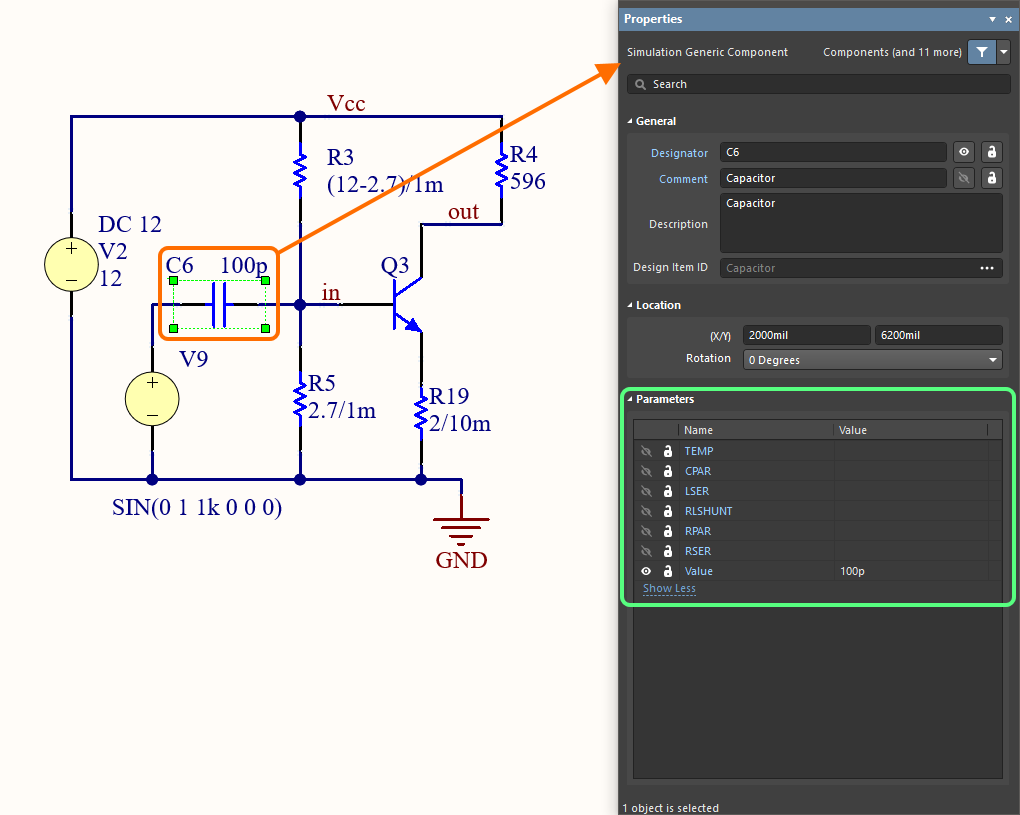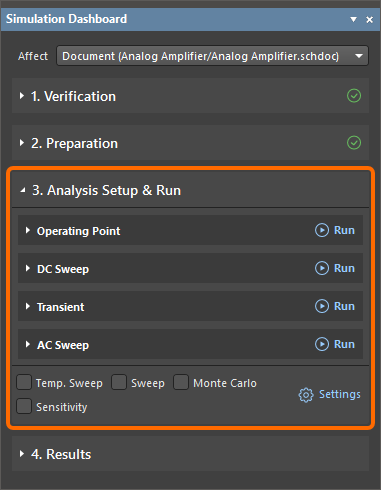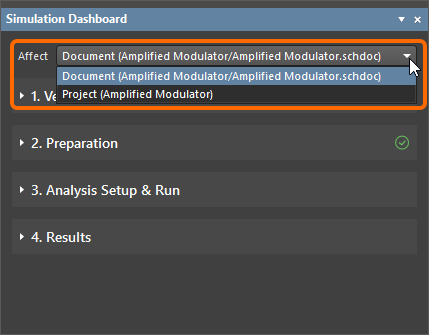The High-Reliability PCBA Design and Test Challenge
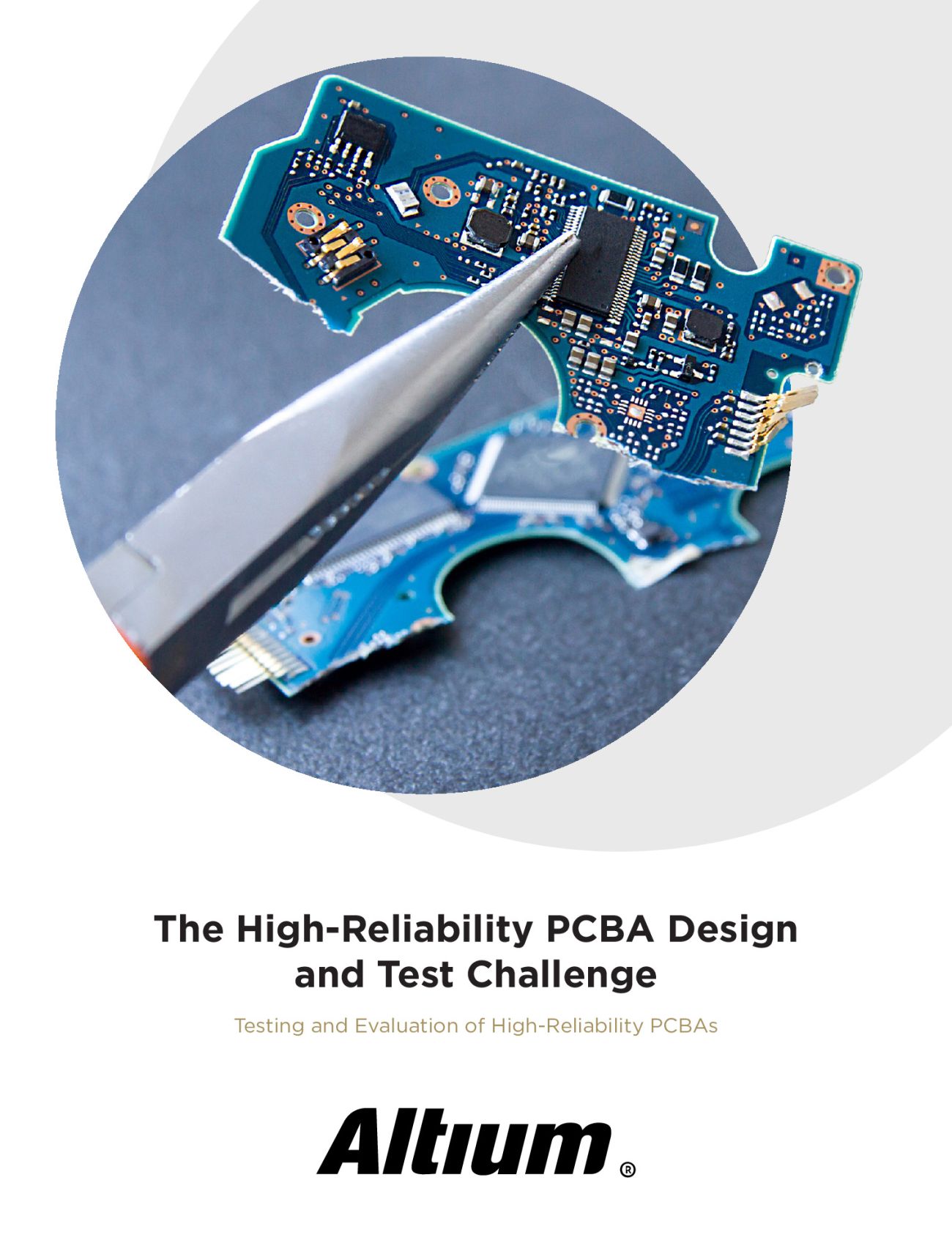
High-reliability electronics must go through multiple rounds of testing and qualification to ensure they can withstand their intended operating environment. Designing to performance standards, whether the baseline IPC standards or more stringent industry standards, is the first step in ensuring a reliable circuit board can be manufactured with a high yield and will perform as required in its ideal environment. Over several rounds of prototyping, design and test teams will have to stress designs to their limits to see how much stress they can withstand during operation.
Once failures in high-reliability systems are observed, boards must be examined and inspected in order to identify and eliminate root failure causes. The exact strategy involved in failure analysis depends on the system being designed and its operating environment. Design teams should have a thorough understanding of the testing requirements placed on fabricators, assemblers, and test engineering teams so that comprehensive reliability assessments can be performed.
In this e-book, readers will gain a thorough look into PCB testing and analysis, starting from basic tests performed on bare boards and completed assemblies. Covered topics include:
- Some common failure mechanisms and how these can be identified
- How manufacturers can take steps to assess the reliability of a PCBA
- Electrical stress test methods
- Where thermal challenges exist in a PCBA
Click the PDF above to read more about PCB reliability and testing. You can also read the original, full-length content here:
PCB Testing 101: Important Methods and Metrics
What is Burn Testing of Electronics?
Overview of Electrical Stress Test Methods for PCBAs
Overview of PCBA Reliability And Failure Analysis
PCB Thermal Analysis Software

 Open as PDF
Open as PDF

